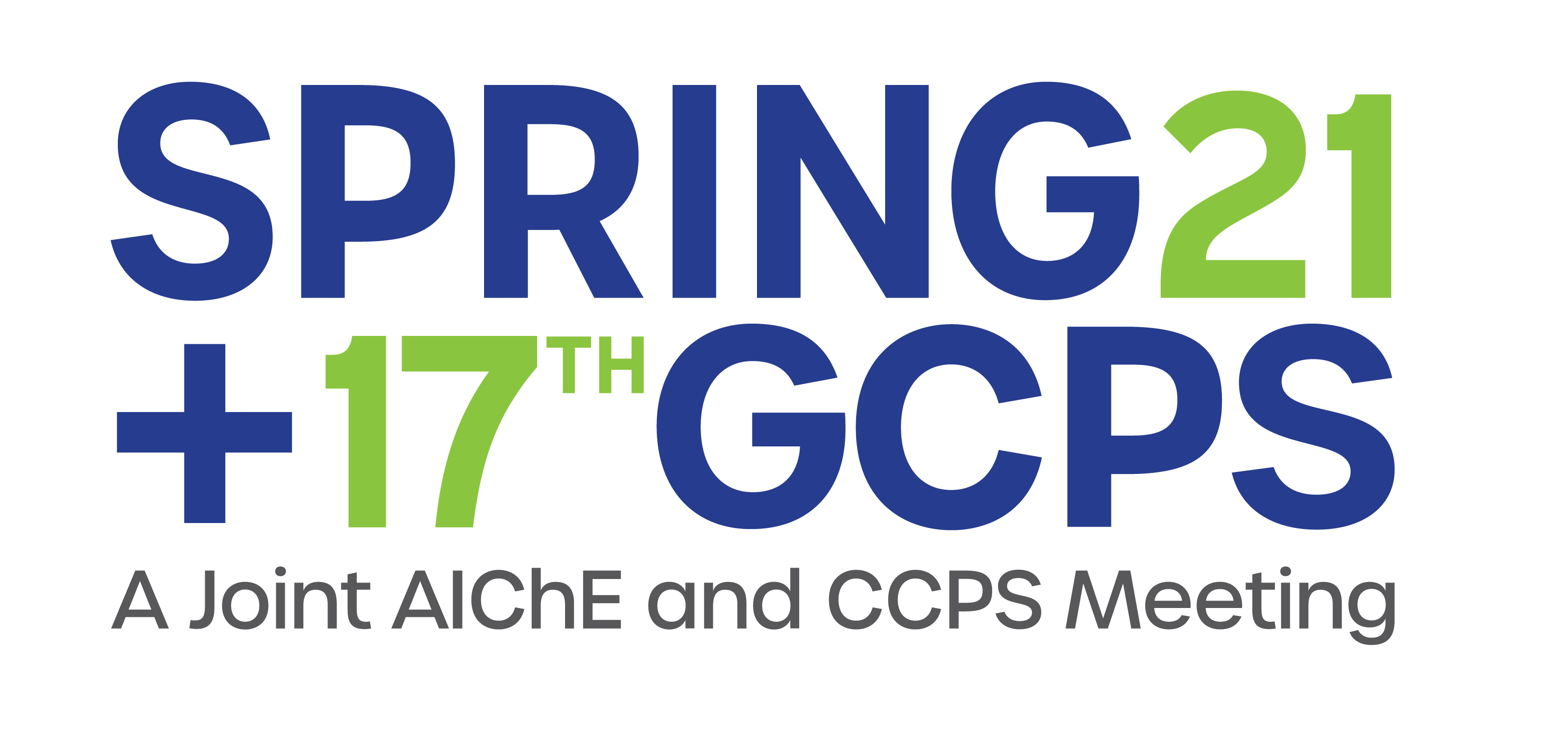

Chemical looping technology is a versatile platform for industrial material and energy conversions, and it provides promising alternatives for CO2 capture from coal-fired power plants. This work studies the application of chemical looping water splitting (CLWS) technology to replace the gasification unit and pre-combustion CO2 separation units in a conventional integrated gasification combined cycle (IGCC) process for electricity production. The CLWS system consists of a reducer, an oxidizer and a combustor. In the reducer, coal reacts with metal oxides to be converted into CO2. The reduced metal oxides react with water in the oxidizer to produce H2. Finally, the metal oxides are fully regenerated in the combustor by reacting with air. H2 is then combusted in a combined cycle to generate electricity. The CLWS process is simulated in ASPEN Plus, and the operating parameters such as the metal oxides composition and the system pressure are adjusted to maximize the power production. Process simulations indicate that the CLWS process can achieve an 18% improvement (relative percentage) in electrical efficiency compared to conventional IGCC systems, demonstrating the great potential of the CLWS technology for electricity generation with a higher energy efficiency and minimal CO2 emissions.
